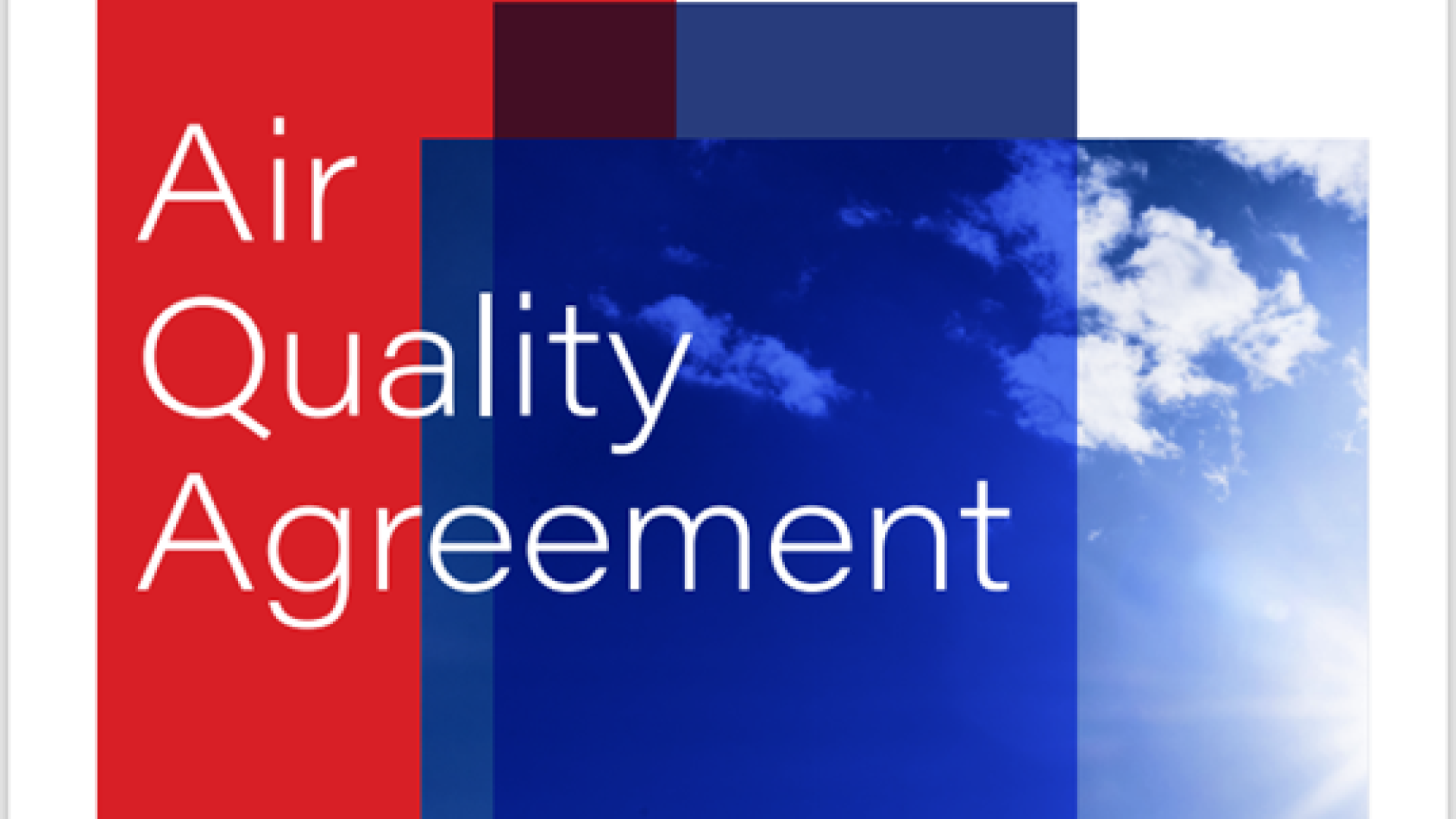
The IJC is inviting public comment on the latest Air Quality Agreement Progress Report from the Canadian and US governments.
The report summarizes key actions by Canada and the United States to address transboundary air pollution.
The report is put together every two years by a binational Air Quality Committee. It’s the 14th such report completed under a 1991 Air Quality Agreement between the two countries.
You may submit comments until June 30.
Some questions to consider when making comments:
- What do you think about ongoing efforts of the two countries to address transboundary air quality?
- What issues do you think should have the highest priority?
- What do you think about the information provided in the report?
The report notes that both countries continue to meet all targets set out in the agreement. The document also presents progress made toward meeting commitments established in the acid rain and ozone annexes of the agreement, and key scientific and technical trends related to air pollution.
As of 2017, Canada's total emissions of sulfur dioxide have decreased by 69 percent from 1990 levels. Meanwhile, the U.S. has reduced total sulfur dioxide emissions by 88 percent from 1990 emission levels.
Between 2000 and 2017, Canada also reduced total emissions of nitrogen oxides (NOx) by 51 percent in the transboundary ozone region and cut volatile organic compounds (VOCs) by 56 percent. In the U.S., total NOx emissions decreased by 69 percent from 1990 levels and VOC emissions decreased by 60 percent.
Under the agreement, the IJC provides a synthesis of comments to the governments of Canada and the United States. A synthesis from the previous 2016 report can be found on the IJC website.





